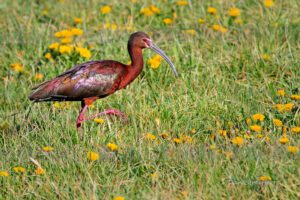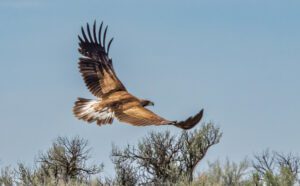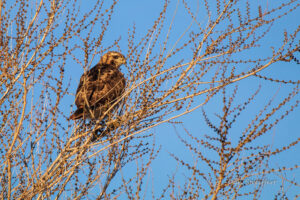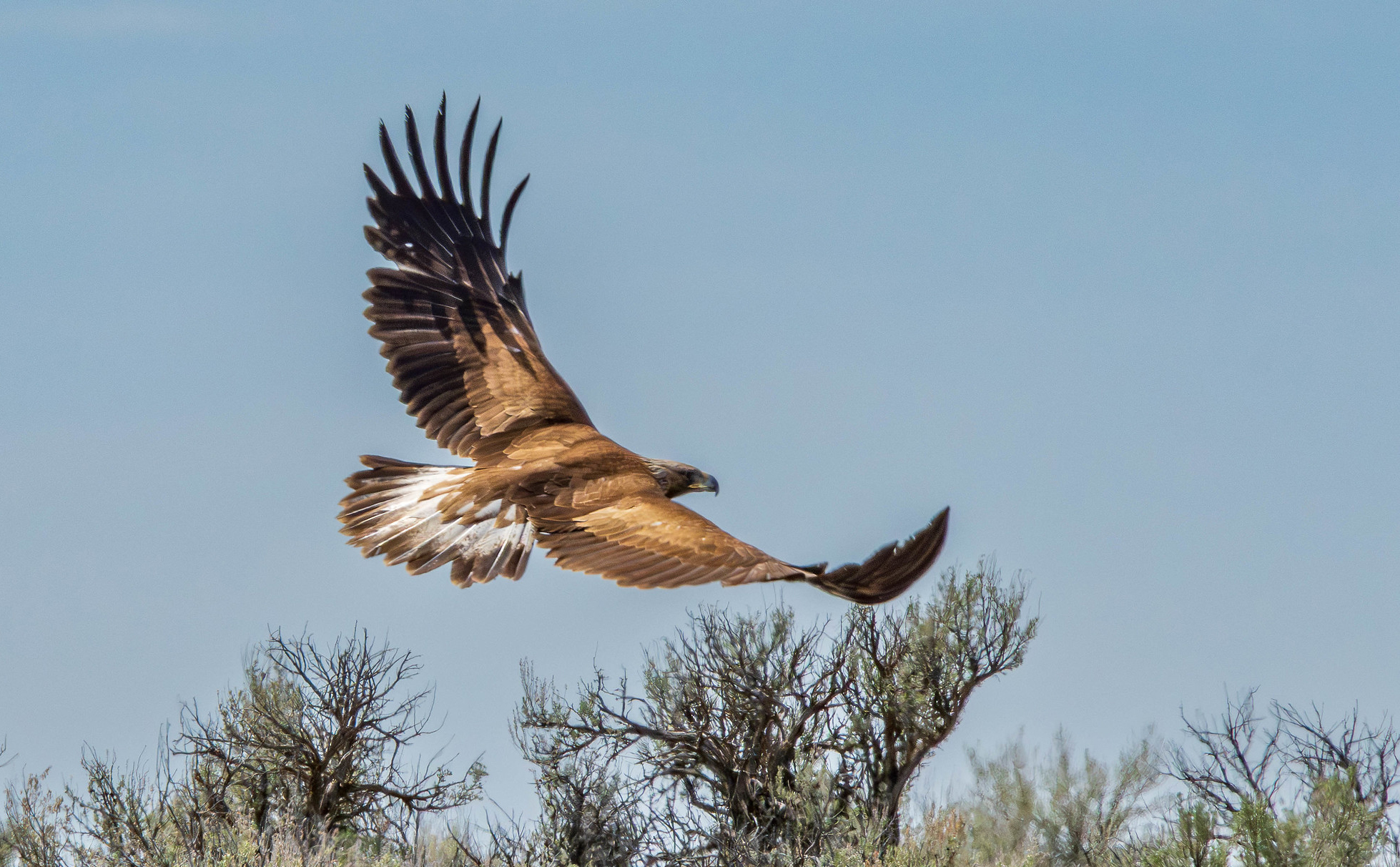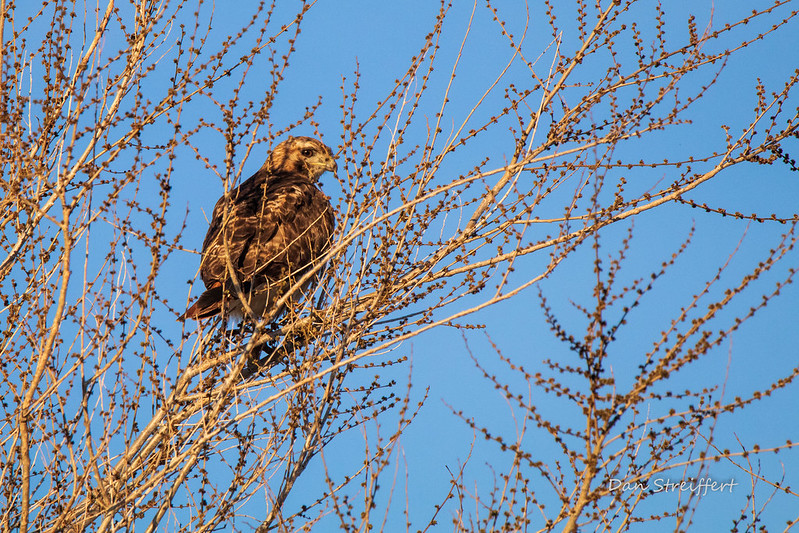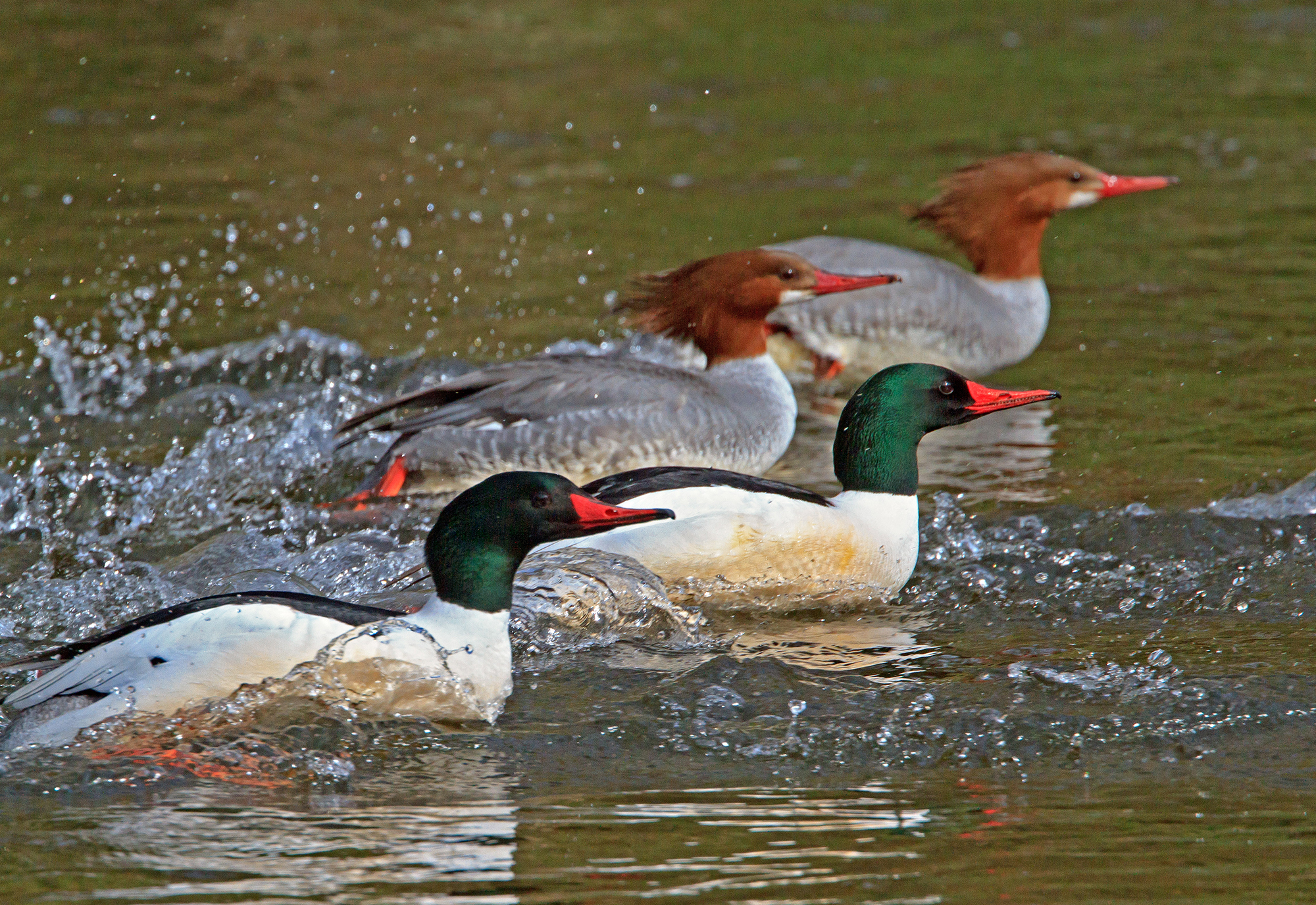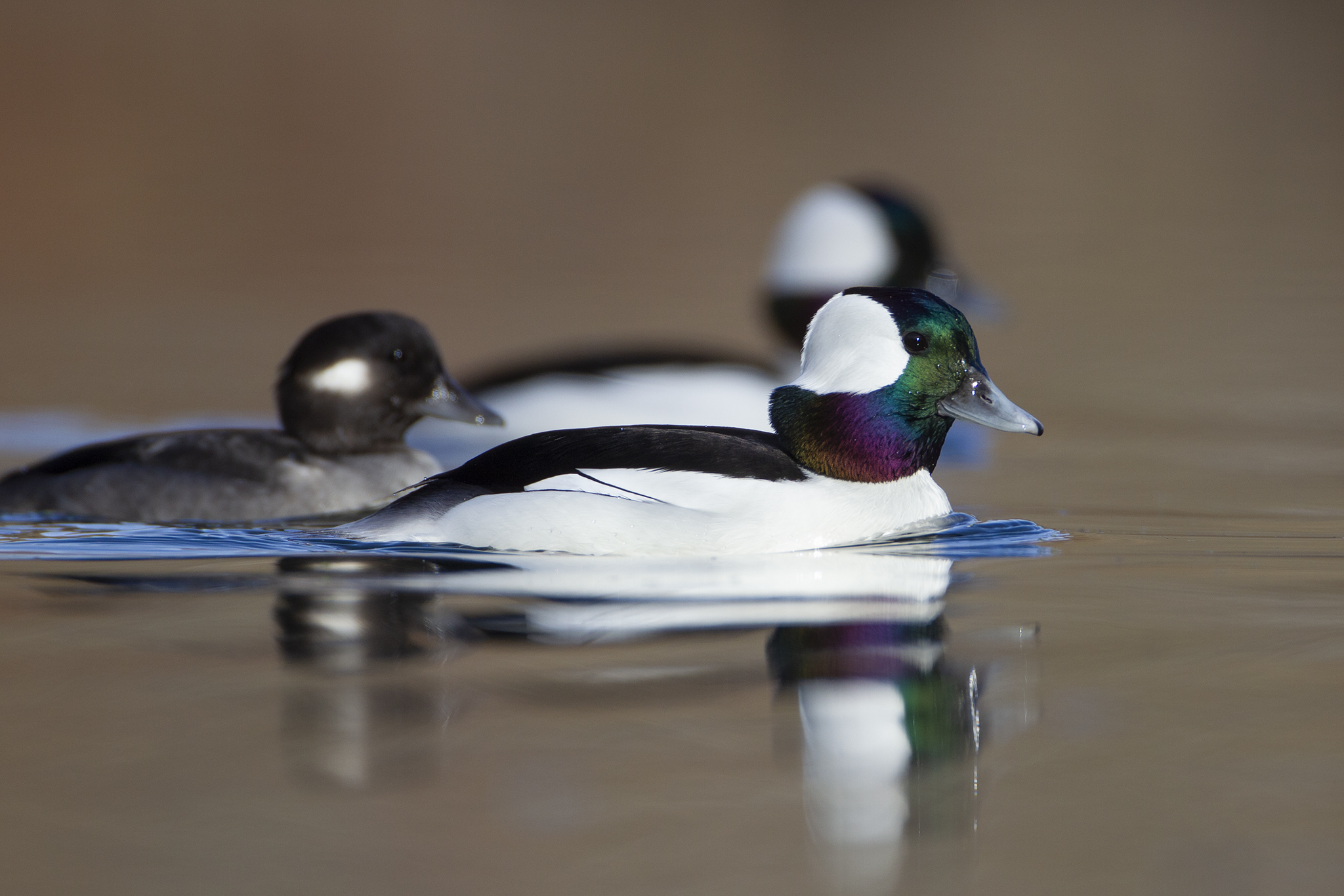Written by Peter Pearsall/Photo by Peter Pearsall
The American coot, scientifically known as Fulica americana, is a medium-sized waterbird found throughout North America. Despite its duck-like appearance, the American coot is not closely related to waterfowl but belongs to the family Rallidae, which includes rails and gallinules.
American coots have a compact body shape with a length ranging from 13 to 17 inches (33 to 43 centimeters) and a wingspan of approximately 25 inches (63 centimeters). They possess dark gray to black plumage, a white bill, and bright red eyes. Their toes are long and lobed, rather than webbed like a duck’s.
American coots are found in a wide range of aquatic habitats, including freshwater marshes, ponds, lakes, and slow-moving rivers. They are highly adaptable and can inhabit both natural and human-made water bodies.
American coots are primarily herbivorous, feeding on aquatic vegetation, algae, seeds, and various types of plants. They also consume small invertebrates, mollusks, and occasionally small fish.
American coots form monogamous pairs during the breeding season, which begins in late spring and extends through summer. They construct nests in emergent vegetation or floating mats using plant material. Females lay around 8-12 eggs, which are incubated by both parents for about three weeks. The chicks are precocial and able to leave the nest soon after hatching.
Perhaps the most fascinating aspect of the coot’s life history revolves around the interactions between coots and their unusual offspring. Newly hatched coots exhibit elaborate ornamentation—orange-red feathers, beak, and head—that fades as the birds mature. In birds, such ornamentation is usually worn by adult birds to signal their fitness to potential partners; why would very young birds display such extravagant colors that fade with age?
Researchers seeking to unravel this mystery found that coots regularly engage in brood parasitism, laying their eggs in other coots’ nests to shirk their parental responsibilities. The researchers then found that in a given clutch of coot offspring, the ones that came from brood parasites were less colorful than the true offspring. This suggests that the bright coloration of young coots is an adaptation that allows parents to invest in the chicks that most benefit from parental food.



